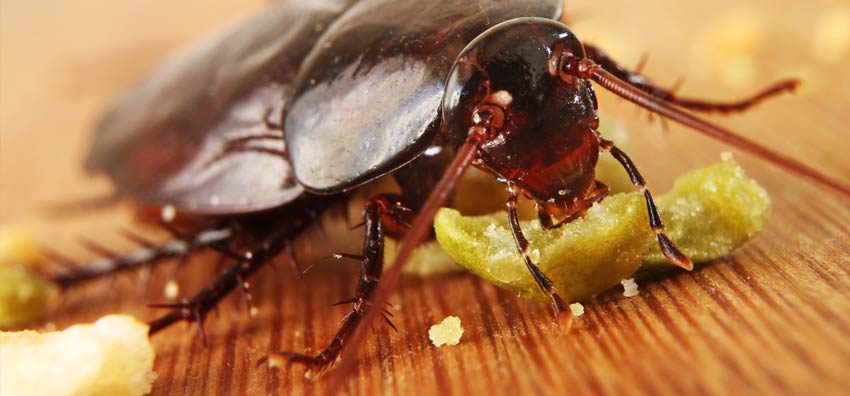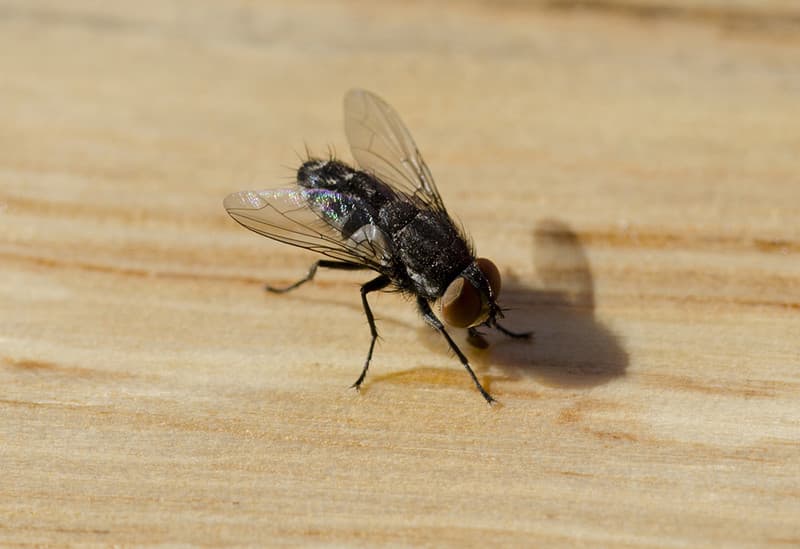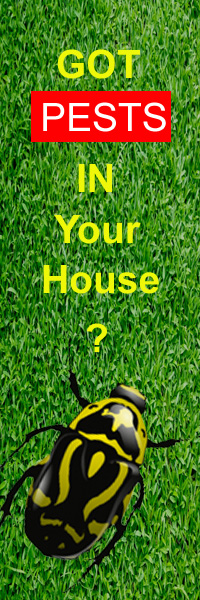The house fly is a well-known cosmopolitan pest of both farm and home. These species are always found in connection with mankind or activities of humans. Not only are they a pain, but they also can transmit disease-causing organisms. Excessive fly populations are obnoxious to farm workers, and when there are nearby human habitations a public health problem is possible.
More than a hundred pathogens associated with the house fly might cause disease in human beings and animals, including typhoid fever, cholera, bacillary dysentery, tuberculosis, anthrax ophthalmitis and infantile diarrhea, also as parasitic worms. Pathogenic organisms are picked up by flies from garbage, sewage and other sources of filth, and then transferred on their mouth parts and other body through their vomits, feces and polluted external body parts to man and animal food.
Adults usually live 15 to 25 days. The potential reproductive capacity of flies is tremendous, but fortunately can never be realized. It has been stated that a pair of flies beginning operations in April may be progenitors, if all were to live, of 191,010,000,000,000,000,000,flies by August.
The flees are motionless at nighttime, on ceilings, beams and elevated wires within buildings, trees, and bushes, various kinds of outside wires, and grasses described as nightlong resting sites. In poultry ranches, the outdoor aggregations of flies at night are found primarily in the branches, and bushes, whereas almost all of the interior populations commonly aggregated in the ceiling arena of poultry houses.
Pest management formulas (recommended by EPA & WHO, U.S.A)
Please note that we will use the combination of the following treatment methods depending on the situation and requirement of certain area. This technique is being used & recommended worldwide by experts and is known as ‘Integrated Pest Management Technique PM)”
The key to successful control is to make an application to the site where the pest spends most of its time. Following are the residual application recognized by Environment Protection Agency (EPA) USA & World Health Organization (WHO).



